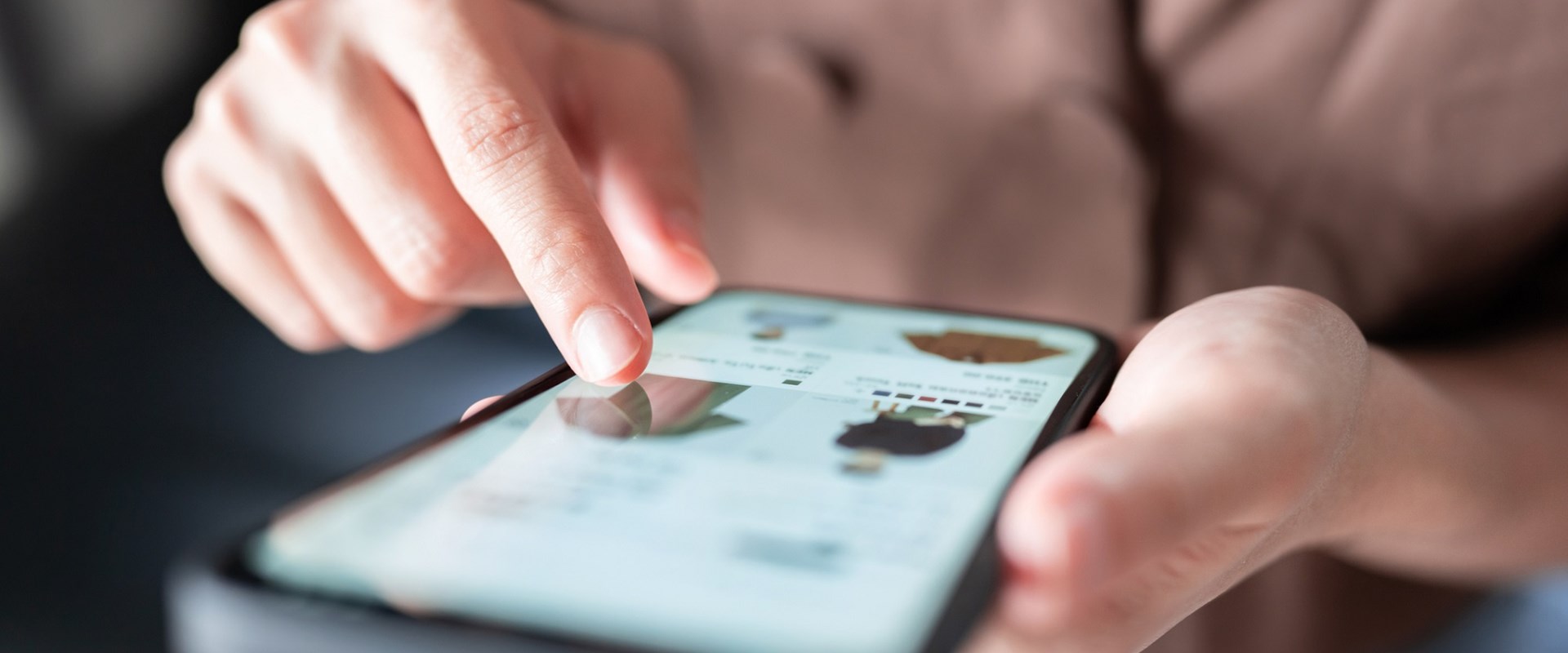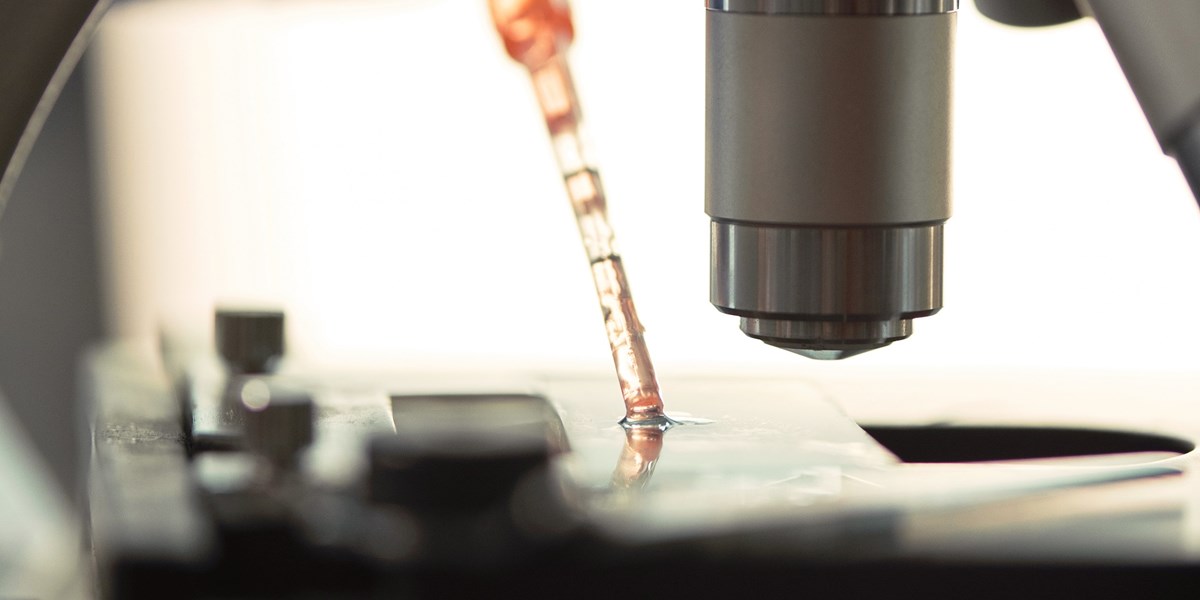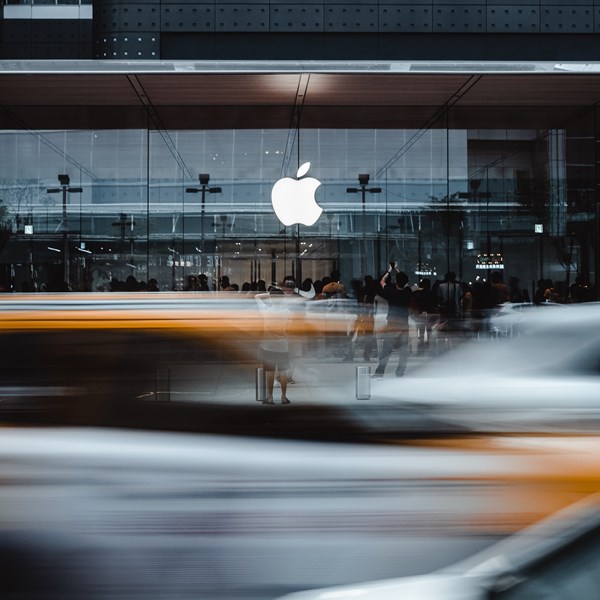Online purchases now account for almost 20% of all retail spend. However, this is not the only stat that’s rising. The amount of counterfeit product being sold online is more than keeping pace with the increase in online retail. As this number increases, so does the impact counterfeiting has on brands.
In 2020 the total value of counterfeit products being sold globally exceeded $1.8 trillion. But there are not just more fakes on the market, there are better fakes. Shockingly, some of the so called ‘super-fakes’ reaching our screens are even manufactured in the same factories with the same materials as the highest end luxury goods.
With the availability and quality of counterfeit goods still on the rise, it’s no surprise that more consumers than ever are buying counterfeit goods. However, the impact this particular strain of buyer behaviour is having on the brand owners is reaching catastrophic.
Loss of sales is the obvious marker. Obviously as more customers buy fake goods, less revenue will reach the legitimate brand owner.
According to MarkMonitor, 47% of brands are now losing sales to counterfeit goods. Of these, one in three has reported a drop in revenue of 10% or more. MarkMonitor’s study also reported 58% of the companies they interviewed can only see things getting worse over the next five years as counterfeiters become more sophisticated and the cost of living crisis persuades more consumers to find cheaper options.
However, MarkMonitor also found the drop in sales revenue that clothing manufacturers in particular are having to ensure is not just the result of intentional counterfeit purchases. The same study showed 45% of the participating consumers in UK, US, France, Germany, and Italy are becoming increasingly worried that they are buying fakes unintentionally.
It's also interesting to note that it’s not only brand owners that are suffering. Counterfeit sales sidestep taxes. This means governments are losing out on significant revenues which will have a knock-on effect on society.
However, the effects are also being felt within the market.
According to Incopro the increased availability of counterfeit goods online is eroding customer trust. They found 66% of consumers had been ripped off after unintentionally purchasing counterfeit goods and this will stop them ever purchasing anything from that brand again. In addition, 34% of the consumers surveyed said they wouldn’t even buy from a brand’s own website if the brand had been susceptible to counterfeits elsewhere online in the past.
MarkMonitor’s research backs up Incopro’s findings. In fact, it arguably brings the impact counterfeits have on customer trust into even sharper focus. Their study revealed that when a customer had discovered they’d bought a fake online:
- 22% said their experience had spoiled their perception of the brand
- 26% of them stopped buying the brand altogether
- 27% warned their family and friends against the brand 22% said their experience had spoiled their perception of the brand
With these numbers laid bare, it is evident just how much of a financial and reputational risk brand owners face if they don’t start to take more active steps to protect their brands online. While the financial losses will be short-term and reversible if dealt with decisively, the long-term damage that could be caused if a brand’s customers base deserts them could be irreparable.
WHAT TYPES OF BRANDS ARE AFFECTED BY COUNTERFEITING?
The truth is that in this increasingly digital age, any recognised brand can become a target. If there is demand for a brand, there is an opportunity for the counterfeiter. Added to this, the ease with which online marketplaces can be infiltrated and exploited means it takes seconds for a counterfeiter to upload an image and description and start selling.
The quality of the counterfeiters’ output should also be a concern to brand owners. Products are better. They use better materials, better manufacturing methods and better packaging.
This will sway the large portion of the audience who are thinking about the cost to them, rather than the cost to their favourite brands. This means countering the increase in quality and accessibility to counterfeit goods demands better online brand protection strategies.
Technology will do an enormous amount to help.
New, sophisticated online brand protection platforms that utilise the latest search and detection technologies can scour every corner of the internet to identify infringements and take the required enforcement action. Technology automates the process for brand owners, ultimately making it easier and more cost-effective to police brands online.
iProvidence has been created to give brand owners instant access to state-of-the-art brand protection technology matched with the legal expertise of one of Europe’s leading IP law firms. iProvidence provides an all-seeing eye over the internet and finds and filters any potential infringements or risks to your brand so we can take the required enforcement action immediately.
If you would like to trial iProvidence so you can see first-hand how it will help make protecting your brands online easier and more effective, please contact us today.






